Bipolar disorder is also referred to as manic-depressive disorder. This is a mental disorder of sudden mood changes from ecstatic episodes to the depressive ones and vice a versa. There is no cure to the disease, but treatment can be effective and slightly ease the symptoms if the person stick to the medications and therapies prescribed. The mood swings keep coming back so the patient undergoes a lifetime treatment. Doctors, especially psychiatrists, make a decision on which medications and psychotherapies to include in the treatment. The treatment varies from person to person depending on the severity of the symptoms. Therapy should control the symptoms and prevent frequent recurrence of the symptoms. When the patient is given the medications and other therapy, the doctor keeps records of his symptoms, changes, sleep and reactions and adjusts the treatment whenever needed.
As far as medications are concerned, the most important are the ones which stabilize the mood changes. Lithium has been in use in the USA for about 40 years for the treatment of manic disorders. It has proved to be very effective in controlling both the manic moods and depressive. the other similar medicine is Divalproex sodium. Some of these medications belong to the group of anticonvulsant medications which are mostly taken for epilepsy seizures. It is questionable to what extent the anticonvulsant medications are effective when compared to the mood stabilizers. Anticonvulsants, however, is more and more used in treating bipolar disorder. The anticonvulsant lamotrigine is especially effective for depression. Others such as topiramate (Topamax ®), gabapentin (Neurontin) and others have also been in use for some time. While effective, at the same time the medications have side-effects. The negative side of these medications is the possibility of suicidal tendencies and serious depression, along with the behavioral changes. Divalproex acid or also known as valproic acid stimulates the testosterone which in girls cause polycystic ovaries and further complications related to the disease. Any changes in the dosage or eventual excluding them from the treatment are solely made by the doctors.
Some other medications, such as atypical psychotic are used. Olanzapine (Zyprexa ®), Aripiprazole (Abilify ®), Quetiapine (Seroquel ®), Risperidone (Risperdal) belong to this group. the side effect of Olanzapine include higher risk of getting a heart-related condition or diabetes and putting on weight. It is effective for manic episodes and psychosis. Aripiprazole and olanzapine can be injected when the person is struck by the adverse symptoms of bipolar disorder. Quetiapine controls both the manic and depressive disorders. Antidepressants are included in the treatment only in the combination with the mood stabilizers to avoid intense manic episodes. Antidepressants ease the depression whereas mood stabilizers regulate the sudden changes to mania. Some antidepressants are: Fluoxetine (Prozac ®), sertraline (Zoloft ®), bupropion (Wellbutrin ®), and paroxetine (Paxil ®).
Psychotherapies can be cognitive behavioral therapies, family-focused therapies, social and psychoeducation. In the first, patients are advised on how to manage negative thoughts and depression. In the second, family learns how to face the problems of the patients. the third tries to improve relationships with the friends and others. Psycho-education is important for the very patient since it raises the awareness in the patients about the importance of the treatment and teaches them how to recognize the appearance of the symptoms.




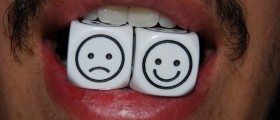

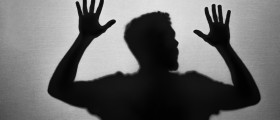

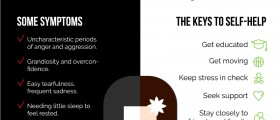






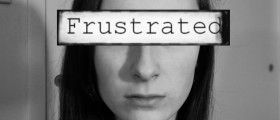
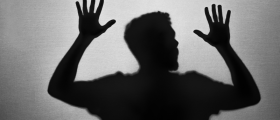
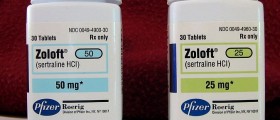
Your thoughts on this
Loading...